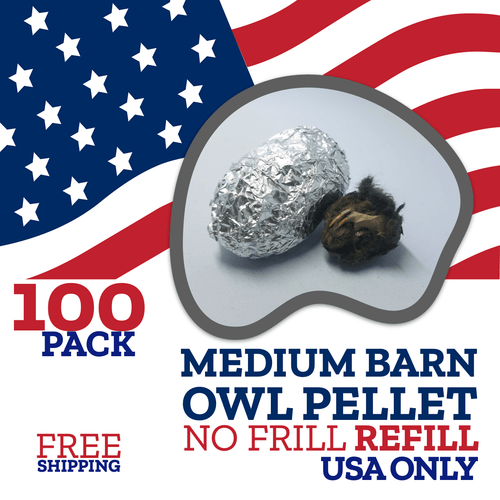No Products in the Cart
Deep Dive: Northern Saw-whet Owl

Northern Saw-whet Owls feed almost entirely on small mammals, Deer mice being the primary prey, followed by shrews and voles. Other mammals include squirrels, moles, bats, flying squirrels, and house mice. Small birds, including swallows, sparrows, chickadees, and kinglets, are sometimes taken. Larger birds, such as Northern Cardinal and Rock Dove, can be killed by one of these small Owls. Frogs and insects are also part of their diet.
Northern Saw-whet Owls have a broad distribution across North America, inhabiting coniferous and deciduous forests with thickets of dense second-growth or shrubs. They reside mainly in forests with deciduous trees, where woodpeckers create cavities for nest sites. Breeding habitat is usually swampy or wet rather than dry. Riparian habitat is often preferred.
Experts describe the Northern Saw-whet Owl vocalizations as mainly during the breeding season (usually between March and May). The primary courtship call is a monotonous, whistled "hoop," emitted at about 1.5 notes per second, which may last several hours without a break. Territorial calls are a series of short, clear notes. The Saw-whet Owl's name comes from the "skiew" call made when alarmed. This sound resembles the whetting of a saw. When the male flies to the nest with food, it gives a rapid staccato burst of toots, and the female responds with a soft "swEE."
Breeding as abundantly as there are food sources, as with all owls, clutch sizes range from 3 to 7 eggs (average 5-6) laid at 1 to 3 days, but usually 2. Eggs average approximately 1"x1.25" (30x25 mm). The female does all the incubation, and the male brings food to her and defends the nesting area. The incubation period is 21 to 28 days. Young fledge at 4 to 5 weeks and may leave the nest individually every 1 to 2 days until they have all left.
Explore the tools behind the science

100 Medium Owl Pellets - Free Shipping
$349.99
$289.99

Medium NW Barn Owl Pellets + Picks
$3.69
$2.99


